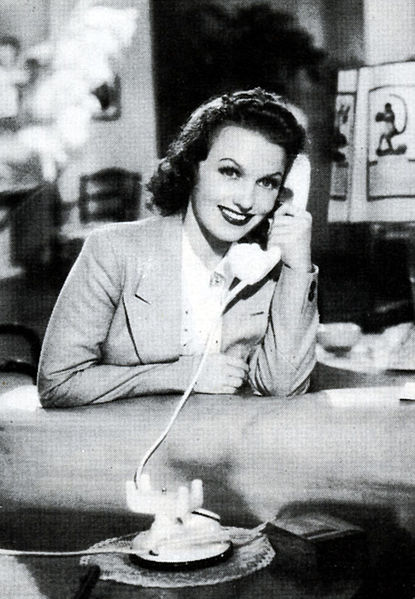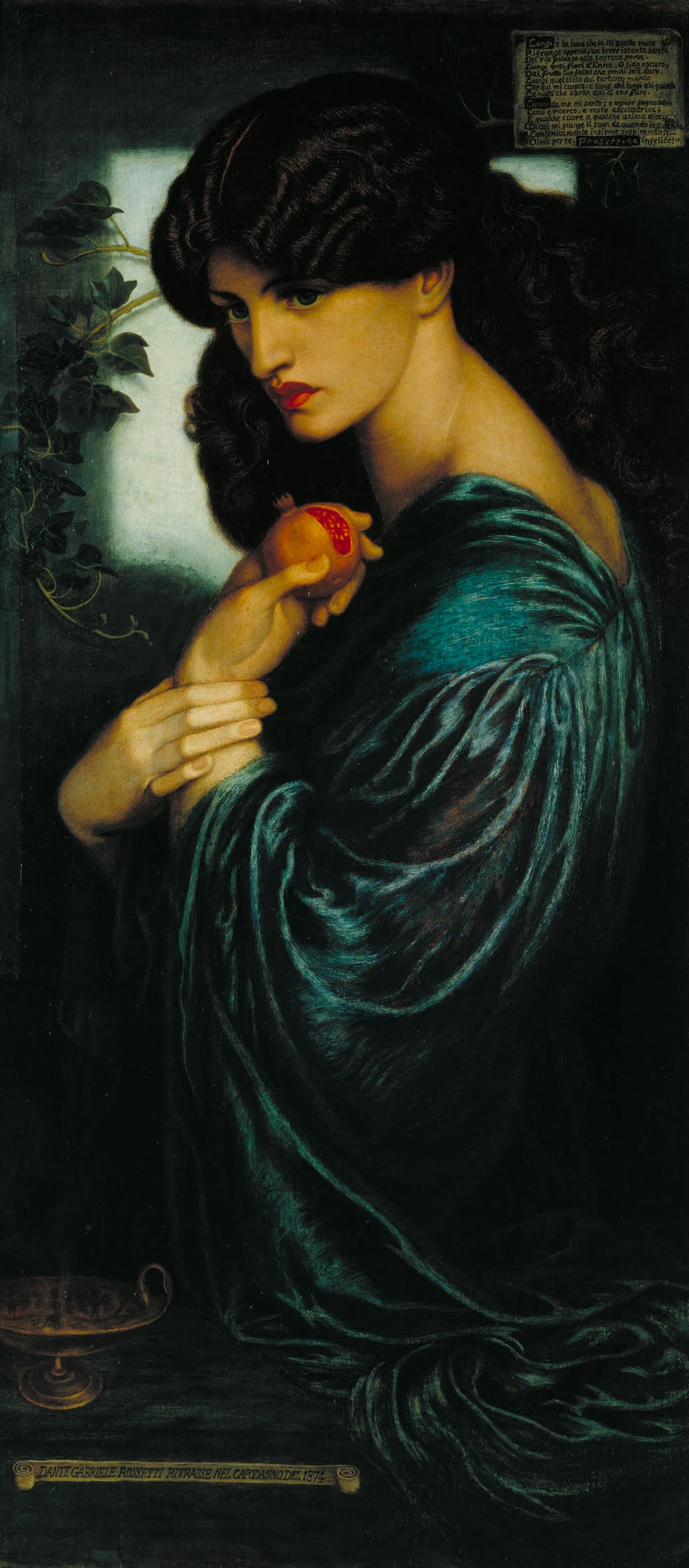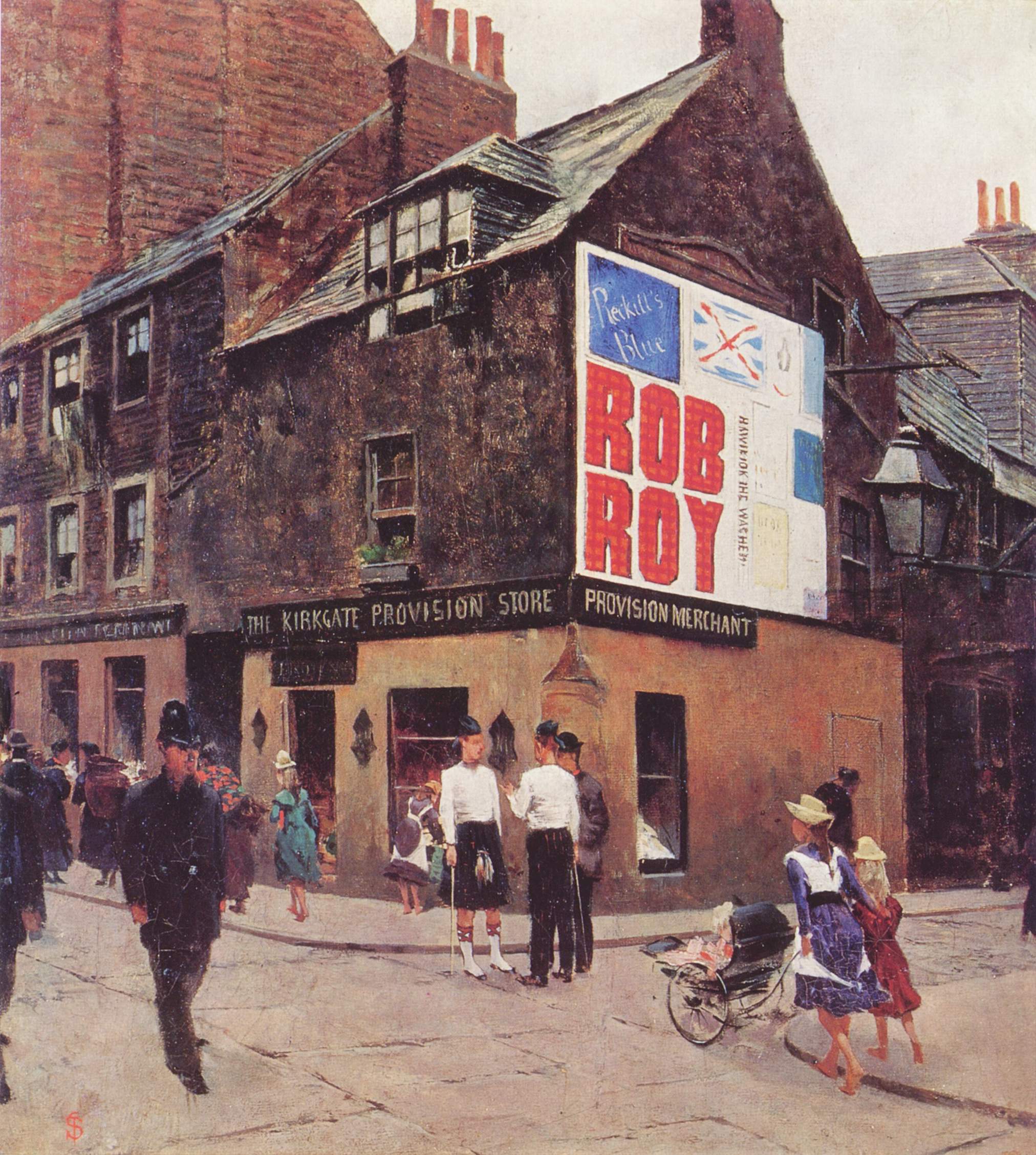|
Calligrafismo
Calligrafismo (, "caligraphism") is an Italian style of filmmaking relating to some films made in Italy in the first half of the 1940s and endowed with an expressive complexity that isolates them from the general context. Calligrafismo is in a sharp contrast to Telefoni Bianchi-American style comedies and is rather artistic, highly formalistic, expressive in complexity and deals mainly with contemporary literary material, above all the pieces of Italian realism from authors like Corrado Alvaro, Ennio Flaiano, Emilio Cecchi, Francesco Pasinetti, Vitaliano Brancati, Mario Bonfantini and Umberto Barbaro. Main characteristics The dominant feature in this heterogeneous corpus of films is the desire to compete with cinema on a European level by affirming the expressive autonomy of cinema with respect to the other arts and, at the same time, the possibility of comparing it on an equal footing with them through a style that can merge and contaminate the different artistic and e ... [...More Info...] [...Related Items...] OR: [Wikipedia] [Google] [Baidu] |
Telefoni Bianchi
''Telefoni Bianchi'' (; white telephones) films, also called deco films, were made by Cinema of Italy, Italian film industry in the 1930s and the 1940s in imitation of American comedies of the time in a sharp contrast to the other important style of the era, calligrafismo, which was highly artistic. The cinema of ''Telefoni Bianchi'' was born from the success of the Italian film comedy of the early 1930s; it was a lighter version, cleansed of any intellectualism or veiled social criticism. Name The name derives from the presence of white telephones in the sequences of the first films produced in this period, symptomatic of social well-being, a status symbol capable of marking the difference from the "popular" bakelite telephones, cheaper and therefore more widespread, which instead were black. Another definition given to these films is "deco cinema" due to the strong presence of furnishing objects that recall the international Art Deco, deco style, in vogue in those years. Or ... [...More Info...] [...Related Items...] OR: [Wikipedia] [Google] [Baidu] |
Ubaldo Arata
Ubaldo Arata (23 March 1895 – 7 December 1947) was an Italian cinematographer. Arata worked on more than a hundred films between 1918 and his death in 1947. Arata entered cinema in the silent era, and worked prolifically during the 1920s including on one of the final entries into the long-running Maciste series. He was employed on the first Italian sound film '' The Song of Love'' (1930). Until the fall of Fascism, he was one of the leading Italian cinematographers working on propaganda films such as '' Scipione l'africano'' ( ''Scipio Africanus: The Defeat of Hannibal'', 1937) and ''Luciano Serra, Pilot'' (1938) as well as more straightforward entertainment films. Arata worked with Roberto Rossellini on the 1945 neorealist drama ''Rome, Open City''. He was instrumental in securing the backing of the distribution company Minerva Film for the production's release.Liehm p.329 Following the Second World War, Arata worked on several co-productions with Britain and the United State ... [...More Info...] [...Related Items...] OR: [Wikipedia] [Google] [Baidu] |
Julien Duvivier
Julien Duvivier (; 8 October 1896 – 29 October 1967) was a French film director and screenwriter. He was prominent in French cinema in the years 1930–1960. Amongst his most original films, chiefly notable are '' La Bandera'', ''Pépé le Moko'', ''Little World of Don Camillo'', ''Panic (Panique)'', ''Voici le temps des assassins'' and '' Marianne de ma jeunesse''. Jean Renoir called him, a "great technician, rigorist, a poet". Early years It was as an actor, in 1916 at the Théâtre de l'Odéon under the direction of André Antoine, that Duvivier's career began. In 1918 he moved on to Gaumont, as a writer and assistant of, amongst others, André Antoine, Louis Feuillade and Marcel L'Herbier. In 1919 he directed his first film. In the 1920s several of his films had a religious concern: '' Credo ou la tragédie de Lourdes'', '' L'abbé Constantin'' and ''La Vie miraculeuse de Thérèse Martin'' — a film about the Carmelite saint Thérèse of Lisieux. The 1930s In the 1930s ... [...More Info...] [...Related Items...] OR: [Wikipedia] [Google] [Baidu] |
Marcel Carné
Marcel Albert Carné (; 18 August 1906 – 31 October 1996) was a French film director. A key figure in the poetic realism movement, Carné's best known films include ''Port of Shadows'' (1938), '' Le Jour Se Lève'' (1939), '' The Devil's Envoys'' (1942) and ''Children of Paradise'' (1945), the last of which has been cited as one of the greatest films of all time. Biography Born in Paris, France, the son of a cabinet maker whose wife died when their son was five, Carné began his career as a film critic, becoming editor of the weekly publication, ''Hebdo-Films'', and working for ''Cinémagazine'' and ''Cinémonde'' between 1929 and 1933.Richard Roud "Marcel Carné and Jacques Prevert" in Roud ''Cinema: A Critical Dictionary: Volume One, Aldrich to King'', London: Secker & Warburg, 1980, p.189-92, 189, 191 In the same period he worked in silent film as a camera assistant with director Jacques Feyder. By age 25, Carné had already directed his first short film, ''Nogent, Eldorado ... [...More Info...] [...Related Items...] OR: [Wikipedia] [Google] [Baidu] |
Jean Renoir
Jean Renoir (; 15 September 1894 – 12 February 1979) was a French film director, screenwriter, actor, producer and author. As a film director and actor, he made more than forty films from the silent era to the end of the 1960s. His films '' La Grande Illusion'' (1937) and '' The Rules of the Game'' (1939) are often cited by critics as among the greatest films ever made. He was ranked by the BFI's '' Sight & Sound'' poll of critics in 2002 as the fourth greatest director of all time. Among numerous honours accrued during his lifetime, he received a Lifetime Achievement Academy Award in 1975 for his contribution to the motion picture industry. Renoir was the son of the painter Pierre-Auguste Renoir and the uncle of the cinematographer Claude Renoir. He was one of the first filmmakers to be known as an ''auteur''. Early life and early career Renoir was born in the Montmartre district of Paris, France. He was the second son of Aline Charigot, Aline (née Charigot) Renoir and ... [...More Info...] [...Related Items...] OR: [Wikipedia] [Google] [Baidu] |
Poetic Realism
Poetic realism was a film movement in France of the 1930s. More a tendency than a movement, poetic realism is not strongly unified like Soviet montage or French Impressionism but were individuals who created this lyrical style. Its leading filmmakers were Pierre Chenal, Jean Vigo, Julien Duvivier, Marcel Carné, and, perhaps the movement's most significant director, Jean Renoir. Renoir made a wide variety of films some influenced by the leftist Popular Front group and even a lyrical short feature film. Frequent stars of these films were Jean Gabin, Michel Simon, Simone Signoret, and Michèle Morgan. Characteristics Poetic realism films are "recreated realism", stylised and studio-bound, rather than approaching the "socio-realism of the documentary". They usually have a fatalistic view of life with their characters living on the margins of society, either as unemployed members of the working class or as criminals. After a life of disappointment, the characters get a last chance ... [...More Info...] [...Related Items...] OR: [Wikipedia] [Google] [Baidu] |
Symbolism (arts)
Symbolism was a late 19th-century art movement of French and Belgian origin in poetry and other arts seeking to represent absolute truths symbolically through language and metaphorical images, mainly as a reaction against naturalism and realism. In literature, the style originates with the 1857 publication of Charles Baudelaire's '' Les Fleurs du mal''. The works of Edgar Allan Poe, which Baudelaire admired greatly and translated into French, were a significant influence and the source of many stock tropes and images. The aesthetic was developed by Stéphane Mallarmé and Paul Verlaine during the 1860s and 1870s. In the 1880s, the aesthetic was articulated by a series of manifestos and attracted a generation of writers. The term "symbolist" was first applied by the critic Jean Moréas, who invented the term to distinguish the Symbolists from the related Decadents of literature and of art. Etymology The term ''symbolism'' is derived from the word "symbol" which derives fr ... [...More Info...] [...Related Items...] OR: [Wikipedia] [Google] [Baidu] |
Pre-Raphaelite Brotherhood
The Pre-Raphaelite Brotherhood (later known as the Pre-Raphaelites) was a group of English painters, poets, and art critics, founded in 1848 by William Holman Hunt, John Everett Millais, Dante Gabriel Rossetti, William Michael Rossetti, James Collinson, Frederic George Stephens and Thomas Woolner who formed a seven-member "Brotherhood" modelled in part on the Nazarene movement. The Brotherhood was only ever a loose association and their principles were shared by other artists of the time, including Ford Madox Brown, Arthur Hughes and Marie Spartali Stillman. Later followers of the principles of the Brotherhood included Edward Burne-Jones, William Morris and John William Waterhouse. The group sought a return to the abundant detail, intense colours and complex compositions of Quattrocento Italian art. They rejected what they regarded as the mechanistic approach first adopted by Mannerist artists who succeeded Raphael and Michelangelo. The Brotherhood believed the Cl ... [...More Info...] [...Related Items...] OR: [Wikipedia] [Google] [Baidu] |
Macchiaioli
The Macchiaioli () were a group of Italian painters active in Tuscany in the second half of the nineteenth century. They strayed from antiquated conventions taught by the Italian art academies, and did much of their painting outdoors in order to capture natural light, shade, and colour. This practice relates the Macchiaioli to the French Impressionists who came to prominence a few years later, although the Macchiaioli pursued somewhat different purposes. The most notable artists of this movement were Giuseppe Abbati, Cristiano Banti, Odoardo Borrani, Vincenzo Cabianca, Adriano Cecioni, Vito D'Ancona, Serafino De Tivoli, Giovanni Fattori, Raffaello Sernesi, Silvestro Lega and Telemaco Signorini. The movement The movement originated with a small group of artists, many of whom had been revolutionaries in the uprisings of 1848. In the late 1850s, the artists met regularly at the Caffè Michelangiolo in Florence to discuss art and politics. These idealistic young men, di ... [...More Info...] [...Related Items...] OR: [Wikipedia] [Google] [Baidu] |
Emilio De Marchi (writer)
Emilio De Marchi (1851–1901) was an Italian novelist, known for his portrayals of Milan Milan ( , , Lombard language, Lombard: ; it, Milano ) is a city in northern Italy, capital of Lombardy, and the List of cities in Italy, second-most populous city proper in Italy after Rome. The city proper has a population of about 1.4 ... and Lombardy in the nineteenth century. Several of his works have been adapted for film and television including two 1940s films '' Giacomo the Idealist'' and '' The Priest's Hat''.Goble p.1169 De Marchi became widely celebrated as a master of literary translation. Among others he translated into Italian all the fables of Jean de La Fontaine. References Bibliography * Goble, Alan. ''The Complete Index to Literary Sources in Film''. Walter de Gruyter, 1999. External links * 1851 births 1901 deaths Italian novelists Writers from Milan {{Italy-writer-stub ... [...More Info...] [...Related Items...] OR: [Wikipedia] [Google] [Baidu] |
Antonio Fogazzaro
Antonio Fogazzaro (; 25 March 1842 – 7 March 1911) was an Italian novelist and proponent of Liberal Catholicism. He was nominated for the Nobel Prize in Literature seven times. Biography Fogazzaro was born in Vicenza to a wealthy family. In 1864 he obtained a law degree in Turin. He then moved to Milan where he followed the '' scapigliatura'' movement. In 1869 he was back in Vicenza to work as lawyer, but he left this line of work very soon to be a full-time novelist. He began his literary career with ''Miranda'', a poetical romance (1874), followed in 1876 by ''Valsolda'', which, republished in 1886 with considerable additions, constitutes perhaps his principal claim as a poet. His novels, ''Malombra'' (1882), ''Daniele Cortis'' (1887), ''Misterio del Poeta'' (1888), obtained considerable literary success upon their first publication, but did not gain universal popularity until they were discovered and taken up by French critics in 1896. In Fogazzaro's work there is a const ... [...More Info...] [...Related Items...] OR: [Wikipedia] [Google] [Baidu] |


.jpg)



